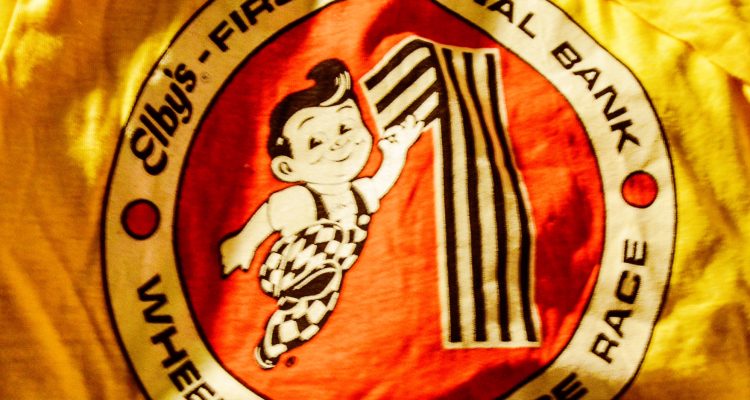(Writer’s Note: This is the fifth in a series of stories that will concentrate on the history of one of the most storied restaurant franchises in Wheeling since the 1950s.)
On Your Mark!
Hugh Stobbs never got paid a dime. Sure there were a few complimentary Big Boy triple-deckers and a free lobster dinner once, but nothing compared to what he deserved for serving as the race director of the Elby’s Distance Race for 25 years.
The first year was 1977, a time when the Wheeling Civic Center and the Wesbanco Bank headquarters were preparing to open in downtown Wheeling and also during an era when road racing was the rage in the United States but had not yet arrived in the Wheeling area. And then it did thanks to the Elby’s Distance Race, an event that offered a 12.4-mile course that roamed over three “gut-break” hills and guided runners from throughout the world through 10 different Friendly City neighborhoods.
This May the 40th race will again be staged in the downtown district, and it is now known as the Ogden 20K because in 2002 the local publishing company adopted the event once Elias Big Boy dropped out because of financial strain. In its prime, though, the Elby’s Distance Race welcomed runners from all 50 states and from 69 different countries, averaged close to 1,600 competitors, and won international acclaim because five men concocted a crazy idea one evening.
“There were a few people from here in the Valley who were interested in starting a race here in Wheeling because if you wanted to run a race, you had to go to Akron or Butler or other places that were a good distance away from here,” Stobbs recalled. “And there weren’t a lot of us in this area who were runners at the time.
“So we got together to figure it all out, but at first a few of the guys in the group wanted to do a marathon,” he continued. “I immediately told them that I didn’t think a marathon was a good idea because the terrain we have here doesn’t lend itself to that. So that’s when we decided on the 12.4-mile course.”
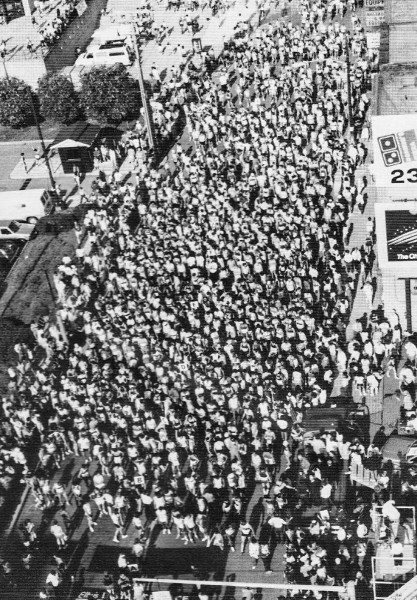
But they needed money. Not a lot of money, mind you, but the group estimated that at least $10,000 in start-up cash was necessary to pull off what many naysayers doubted could be accomplished.
“I did know that the first thing we needed to do was to get a sponsor so we could raise the funds we needed to get the whole thing up and running, and that’s when Lee Jones said that he would talk to his father, who, at the time, was the owner of First National Bank in Elm Grove,” Stobbs reported. “He called me back the next day and he told me that the bank would cover half of what we thought we needed, and he also suggested that we speak with the Boury brothers because they were a big depositor at the bank.
“So that’s what I did. I gave the Bourys a call and got an appointment for the next week, and then I met with the three brothers,” he continued. “Now remember that this was in 1976, when running wasn’t a big thing around here, so I really didn’t know what to expect from them after I presented our idea about a road race here in Wheeling.
“I gave them the whole spiel, and right away George said they would do it, but he told me right then that they wanted it to be first class,” he remembered. “And then Ellis asked me, ‘Does that mean there are going to be a bunch of women, too, who will be running around Wheeling in their underwear?’ I told him that if he considered the running shorts to look like underwear, yeah. And that’s when Mike said, ‘We’re in for sure now.’”
Though the initial meeting went well, Stobbs and his committee members decided to test George, Ellis, and Mike Boury by racking up a hefty bill at a very popular, upper-scale restaurant that was not an Elby’s Family Restaurant.
“We wanted to make sure that they really wanted to do it, so the five committee members at the time went up to the Anchor Room in Beech Bottom and had a real nice dinner and a few drinks,” Stobbs said. “And then we gave the receipt to the Boury brothers, and they gave me a check right away.
“At that point we knew that they were really serious and that they really did want it to be a first-class event,” he continued. “And that’s how we got it started that very first year.”
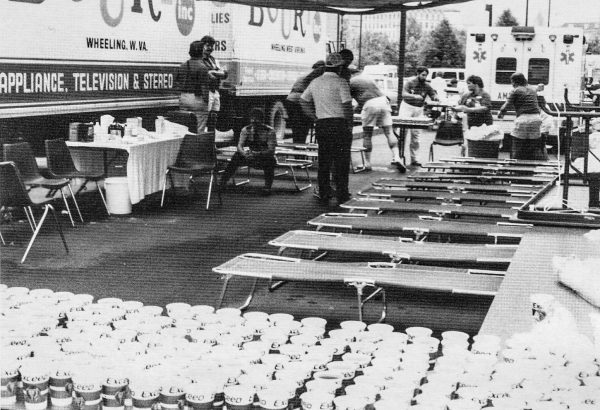
Instead of offering prize money to winners in the beginning, the race committee opted to recruit nationally known runners and offer them appearance fees, free meals, and complimentary lodging during their time in Wheeling. Many of the runners would stay at the McLure Hotel in downtown, and several were adopted by volunteer host families. The appearance fee the first few years was $500, and four big names agreed to travel to the Northern Panhandle for the inaugural event in May 1977.
“When George told me he wanted the race to be first class, I became determined to invite the best runners I could contact, and Frank Shorter was the big news in running at that time. I called him in Colorado Springs, and he answered the phone. I said, ‘”Well, Mr. Shorter, this is Hugh Stobbs from Wheeling. You probably have never heard of Wheeling, but we are holding a 20K race very soon, and we would like for you to be here for it.
“He immediately asked me, ‘Does Wheeling have a big hill with an Indian statue at the top with his arm out?’ I said, ‘That’s us.’ And he said, ‘We broke down there when I was a kid, and the people in Wheeling were so nice to us.’ He said the mechanics were great and that a couple of families even offered to put them up for the couple of days while their vehicle was getting fixed.
“He said, ‘I’d be happy to come back to Wheeling.’ That’s when I thought I might as well call Bill Rodgers, too, so I was able to find his number and gave him a call,” Stobbs added. “I offered him all of the information and he asked, ‘Well, who else is coming?’ I told him about Frank Shorter, and he said, ‘Well then I’m coming.’ They were friends, but they were big competitors, too, and Bill then gave me a few more numbers, and everyone continued saying yes.”
And it was Bill Rodgers who snapped the very first finish-line ribbon. Rodgers was ranked by Track & Field News as the world’s top marathoner in 1975, 1977, and in 1979, and he won the Elby’s Distance Race three times. In all, Rodgers was victorious in 22 marathons across the world.
“He was one of the best; that’s for sure, and the course fit his style more than it did Frank’s and the other known runners,” Stobbs said. “And ever since Bill and I have become great friends, and he helps me now with the Veterans Race that we started a few years ago.
“I don’t know anyone who doesn’t have a good word to say about Bill Rodgers,” Stobbs said. “He didn’t have to, but he kept coming back to run the Elby’s, and the people in the Wheeling area really loved him because he was so personable. He’d talk to anyone and the fans really appreciated that.”
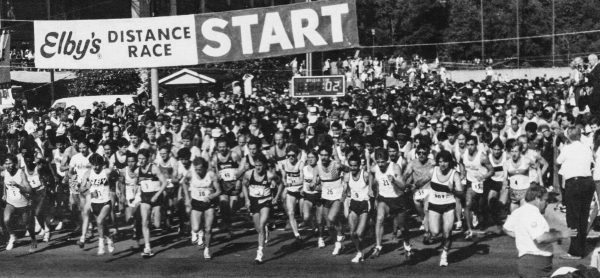
Get Set!
The course for the Elby’s Distance Race actually traveled outside the city of Wheeling for a brief stretch because Stobbs designed the path to include the 29th Street Hill that curved its way to the village of Bethlehem. Once runners reached the peak, they almost immediately began their descent into the Elm Grove section of Wheeling.
After passing Bridge Street Junior High (now Middle) School, the runners veered left onto U.S. Route 40/National Road and followed the roadway past the Edgwood, Woodsdale, and Fulton sections of the Friendly City while huffing and puffing up and down “Chicken Neck” and Wheeling hills. The course then returned to the downtown, where the starting line doubled as the finish line in front of the Wheeling Civic Center, now known as Wesbanco Arena.
“I told them that I would lay out a course that I thought would work, and one of my goals when doing that was to make sure that the participants got a feeling of satisfaction when they finished,” Stobbs explained. “At that point those guys said that if I was going to lay out the course, I might as well be the race director, and I had no idea what that really meant. I just went with it.
“But I knew I wanted the hills as part of the course because it was more of a challenge for those who ran the race,” Stobbs said. “And it really worked out for the local runners as well as the invited runners because they all enjoyed that challenge. They said it was a course that you had to run with your head and not just your feet and your legs.”
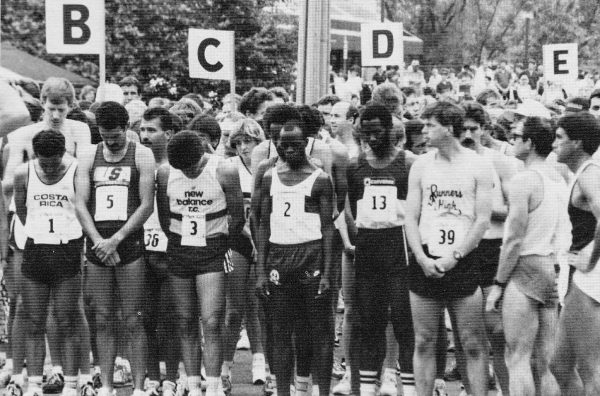
And the streets were lined with aid and water stations manned by volunteers, and the course was often packed full of fans who wished to witness what became known as an elite event.
“People really reacted to the race in an impressive way, and I will always owe a debt of gratitude to Bill Van Horne because he always did an excellent job with all of the articles that he wrote about the race and those who were participating,” Stobbs said. “It sure did help when I was able to get runners like Bill Rodgers and Frank Shorter here in Wheeling. The people may not have known much about road racing, but they knew those kinds of names.
“We also had a lot of good local runners after a few years, and that really brought the people out on those Saturday mornings. That increased the interest in the race,” he said. “But it did surprise me when I saw all of those people who gathered along the course. I didn’t expect it that the first year, but we did have a good many over 700 runners in 1977.”
Following the first race, Stobbs found himself inundated by requests from local residents.
“After the race proved to be such a big success that first year, there were some people who really wanted to jump on the bandwagon, and that was great,” Stobbs recalled. “And most of the people who come out to help really did want to work hard to make it as good as it could be, and many of those folks are now helping me with our annual Veterans race in November.”
Another change was orchestrated following the inaugural distance race and that was the departure of First National Bank as a co-sponsor.
“The Bourys wanted to take it all over; the entire sponsorship and everything. They were pretty impressed,” Stobbs reported. “It was really too big for the people at First National Bank. They wanted the local advertisement for them, but Elby’s were popping up everywhere. That’s when Elby’s was in the middle of their expansion period.
“And back then it really didn’t cost that much because everything wasn’t even close to as expensive as today,” he continued. “When Frank Shorter came to Wheeling one of the first years, it only cost us $500, and he was an Olympic champion. I’d hate to see what today’s champions would want for something similar these days.”
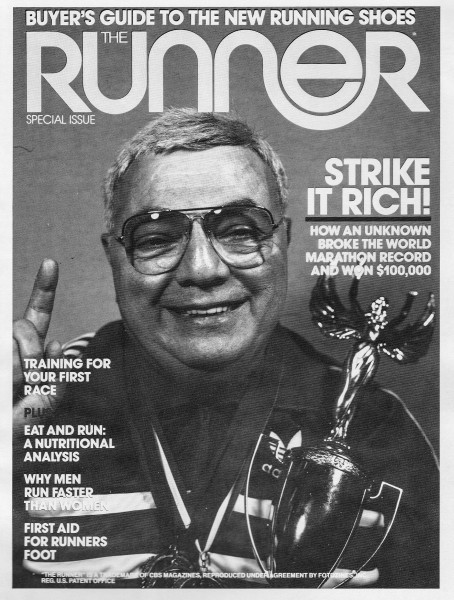
As the reputation of the Elby’s Distance Race grew, the event started attracting international competitors, including Michael Musyoki, a Kenyan runner who would win Wheeling three times.
“When I introduced Michael to (sports editor) Bill Van Horne, Bill asked him if it was true that Michael and about 10 of his friends used to run eight miles to school and eight miles home every day? And Michael told him that was true,” Stobbs said. “Then Bill asked him, ‘If there were so many of you doing the running, how did you end up excelling over the rest?’ Michael answered, ‘I went home for lunch.’
“I never really found out if that was true or not because it would have added 16 miles, and that would be a lot of miles to run all of those days,” he continued. “But maybe he did because he was certainly the best, and he won the Elby’s a few times.”
In the mid-1980s the distance race was tabbed the U.S. men’s 20K championship, and then it became a trial event for the U.S. Olympic team. The top runners finished the course in 70-75 minutes while local competitors were pleased to pass the finish line in a couple of hours.
“The USA Track and Field got in touch with me, and they wanted to make the race the country’s 20K championship, and of course that was fine with me. So they sent people to Wheeling to certify the course,” Stobbs said. “After the second year as the U.S.A. championship, they then decided to make the Elby’s an Olympic qualifier. We didn’t even apply for it. They just did it on their own because of all of the prestige the race gained very quickly.
“The Elby’s became so well-known because of word of mouth. That’s how it became so big. I know when I would run races in Europe, people over there even knew about the Elby’s race,” Stobbs said. “Plus, the foreign runners would all talk about it, and that’s how I had runners from 69 different countries come to Wheeling.
“But Bill Rodgers was likely the best ambassador the Elby’s race ever had,” he said. “He spreads the word everywhere, and these days he’s helping us spread the word about the Veterans Race. He’s that kind of human being, and he’s become a very, very good friend of mine. I just have so much respect for him.”
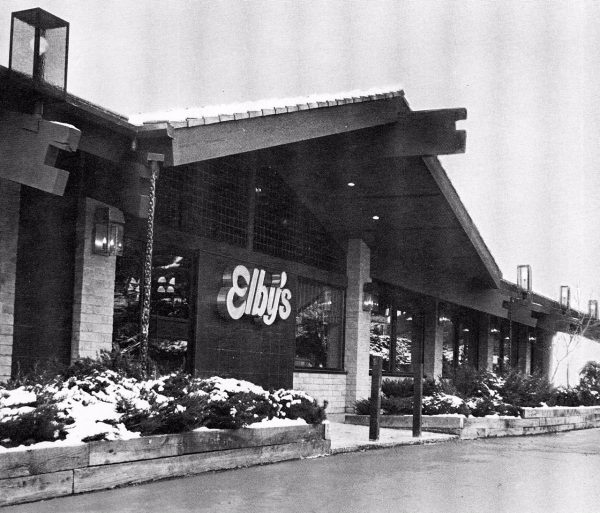
Go!
The smell of the country-friend chicken.
That is the first memory that comes to Gregg Boury’s mind when asked about his memories of the Elby’s Distrance Race. In 1977 Boury was employed at the Boury Warehouse, but in later years he was working in the food field, and on race day 11 different Elby’s Family Restaurants and the commissary kitchen were charged with producing a total of 7,000 pieces of fried chicken for the awards banquet that followed the annual event.
“Oddly enough, when I think of the distance race, I think of the chicken that was served at the banquet,” Boury said. “I’ll never forget having all of that chicken that was made at the Moundsville Elby’s in my car and that smell. It was 10 cases of chicken, and I’m willing to bet that was more than a thousand pieces of chicken.
“That banquet was incredible. It really was. Serving 2,200 to 2,400 people in the amount of time that it was done, I seriously doubt many races did something like that for the participants and their family members,” he continued. “It was pretty unique to the Elby’s Distance Race, and you could always read comments made by the big names about how they couldn’t believe how well they were treated when they came here.”
The legs, thighs, and breasts were jettisoned to the Wheeling Civic Center from as far south as New Martinsville and as far north as Weirton, and the meal also included green beans, cole slaw, potato salad, and dinner rolls. Employees of Elby’s served the buffet line in 30 minutes as mandated by the brothers, and once all in attendance were able to sit down and enjoy the meal, Stobbs would begin distributing the many awards.
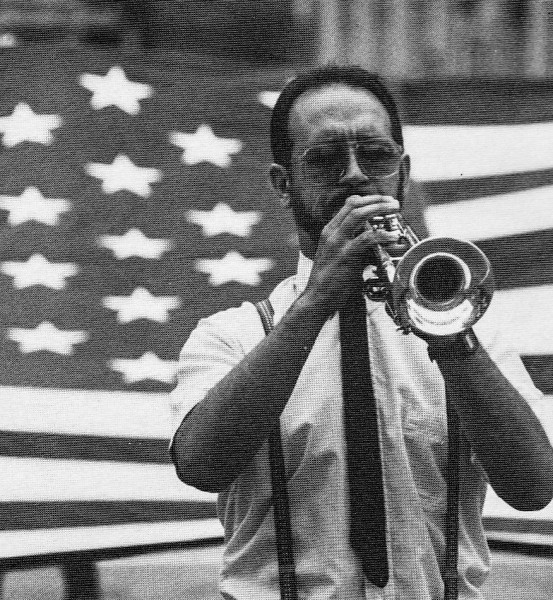
“That banquet was a lot of work; that I can tell you for sure,” said Jim Edge, a longtime Elby’s employee. “Somehow we managed to pull it off every year for all of those people. And that was a lot of chicken.
“Everything had a schedule, and we all were aware of how critical the timing was,” he continued. “It wasn’t easy because there were so many people coming from a dozen different Elby’s, and they were coming into Wheeling when a lot of streets were closed down for the race itself. But after the first year we really started to figure a lot out.”
Donna Holmberg began as a curbside and inside waitress in Center Wheeling the year before the first race, but she eventually scaled the company ladder to Service Director for all Elby’s restaurants. She recalled that once the starter’s gun was fired, two races actually began. One, of course, was the roadway run, and the other was prepping for the banquet.
“We had something like 30 minutes to get everyone their chicken dinners,” Holmberg said. “While the runners were doing the race, we were very busy getting all of the chicken into the civic center and then getting all of the food lines ready for everyone to come in and start eating before all of the announcements and the awards.
“Everyone was in their Elby’s uniforms, and everyone knew once the last person went through the line that we had to get it all cleaned up and torn down without causing much of a commotion. Our goal was to make it seamless,” she continued. “And I know I was always really relieved after that last person because of how large an event it was.”
In the all years since Stobbs served as the distance race’s director, he has heard about the many memories from those who volunteered and competed.
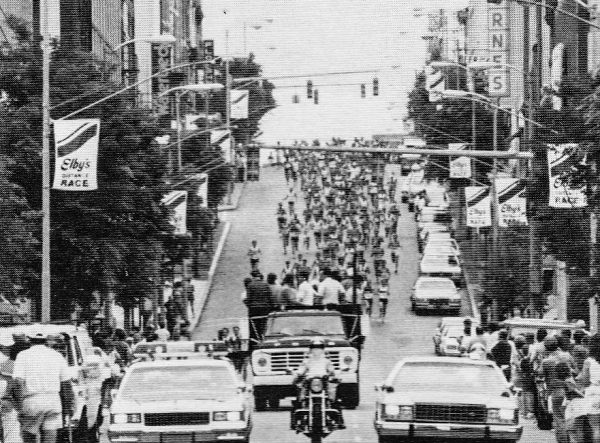
“And over and over again I always hear how much everyone always enjoyed that banquet,” he said. “There was a lot of hard work that went into it, and I doubt most people understand that. I know I was always surprised when I would finally walk into the building. They were always lined up and ready to serve those chicken dinners.
“First-class was first-class, and I know the Boury brothers were very proud of that banquet. It mean, I think it meant as much to them as the actual race did, and that was because it was a reflection on their restaurants. What they wanted was for the people to enjoy it so much that they would then go to the Elby’s that was closest to their homes. And I’m pretty sure it worked exactly how they wanted it to.”
Stobbs, though, had his doubts in the beginning.
“When we were planning it all out, I just didn’t know how it was going to be coordinated all at the same time. It just seemed very complex to me because of how many restaurants and how many employees were involved,” he remembered. “All of those people and all of that chicken? It really did seem kind of impossible to me at the time.
“But they organized it in a way that everything came together, and they were always ready for the runners when the race was finishing up, but I really didn’t know what to expect when I walked in for the first banquet,” he said “But I was amazed; I know that, and I remember seeing George standing there, and he had a big smile on his face. I think he knew they had accomplished something that some people doubted could be done.”
Bill Bryson, the marketing director for Boury Enterprises for more than two decades, was in charge much a lot of the orchestration that took place on race day.
“It was after the race got started when a lot of us started to feel the real pressure that day,” Bryson revealed. “That’s because the banquet had to go the way it needed to so a couple of thousand people would get their meals.
“It was a really awesome process to watch because so many people were going in some many different directions. To someone who didn’t know what was going on, it probably looked like chaos, but it really wasn’t,” he said. “I can only recall a couple of hiccups but nothing major, and the arena was always packed for the banquet. It was the perfect way to end the day because everyone was really pleased with the event and with the food.”
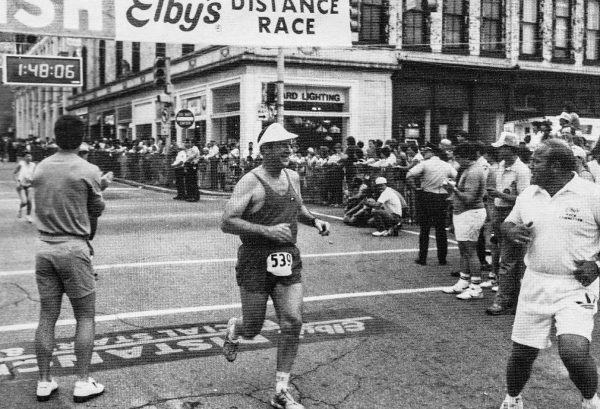
The Finish Line!
The primary goals of the Elby’s Distance Race were easily understood by Stobbs and all those involved. They wanted to give the runners a positive experience; they wished to promote the city of Wheeling; and they hoped the Elby’s Family Restaurants in communities throughout the tri-state area would become even more popular than the eateries were already.
“And it worked,” Stobbs said. “It was a great event; it was huge for Wheeling back then, and Elby’s became nationally known even though they didn’t have any restaurants in 47 states.”
Boury agreed.
“The race was huge for the restaurants, for the company, and for the entire Ohio Valley, really,” Boury said. “It was great marketing for the company; there’s no question about that. It was a great idea, and Hugh Stobbs did the best job anyone could have expected. That race quickly became a race that was in the national spotlight, and I give Hugh and his committee all the credit for that.
“I was the manager of the warehouse at the time the race started, so when it first started, it didn’t have much of an influence over what I was doing,” he remembered. “We received all of the appliances that were sold so it was a real busy warehouse. At any time we could have had 500 to 600 appliances in that warehouse because Boury Inc. was the go-to place for appliances in the Valley. There and Reichart’s.”
The Elby’s Distance Race transitioned into the Big Boy Classic in 1989 after the Boury brothers sold the franchise to Elias Bros. Co.
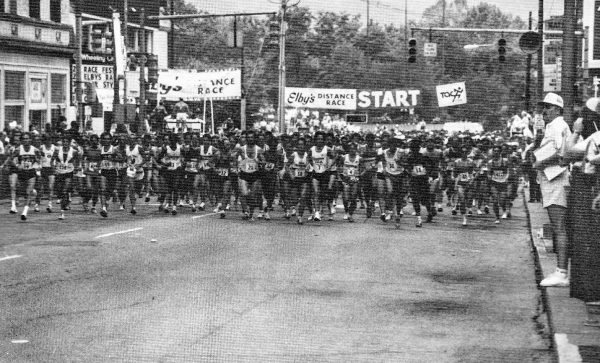
“I was told by the Boury brothers that Big Boy would operate the race the same way we had for all of those years, and that’s all I really cared about. I admit that I was relieved that first year because I just went about it the way I had, and they were always OK with it, and those folks seemed to really enjoy it when they would come in for it,” Stobbs explained. “The brothers were great to me all of those years. We couldn’t have had a better sponsor because all they were concerned with was putting on a high-quality event. I always kept things within reason because I acted as if the money they gave us was my own money, but no matter what we wanted they always came through.
“The Bourys really got involved with bringing a lot of big names, too, and those celebrities served as the starters for the race,” he continued. “We had Pittsburgh Steelers like Franco Harris, and Jay Rockefeller was a starter one year while he was the governor of West Virginia. One year we decided to have the fire chief, Cliff Sligar, be our starter, but that was the year a big fire in Center Wheeling caused us to change the course of the race. That was the one and only time I was starter of the race because he had to leave for that fire.”
But the Big Boy Classic took place just three years because the company fell into financial constraint.
“They had to withdraw because they had spread themselves too thin after buying a bunch of Shoney’s in the Midwest. The cash flow wasn’t there,” Stobbs said. “At that point I didn’t know what to think, but that’s when Ogden (Nutting) called me, and I had known Ogden since we were young. He told me that they would like to take over the sponsorship. I thought that would be great because they really covered the race through the years.”
So, after a quarter-century working with the Bourys and Elias Bros. Co., the event was renamed the Ogden Classic and remained the same for the next two years. That’s when, Stobbs recalled, he received a letter from the publishing company while vacationing at a family owned condominium.
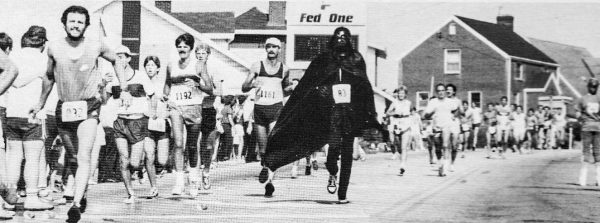
“Right after the first race they told me that they wanted to start cutting back on some things, and I told them they couldn’t do that. I told them that they had to keep improving it, not changing it,” Stobbs said. “They went along with it for one more year, but then I received a letter in the mail while I was in Florida, and the letter said that they were going to cut out the banquet and some other things that I thought were very important to the quality of the event.
“They didn’t want to bring the invited runners in anymore either, and they told me all of this not person-to-person, but they sent that letter,” he continued. “That’s when I called them, and I told them I was done. I told them that when we started this race, we wanted it to be a first-class race, and if they wanted to start cutting things out, I wanted to be left out of it. So that’s how it ended. That’s what really happened.”
There is still some semblance of a race in Wheeling every Memorial Day weekend, but the glory days came to an abrupt ending when Stobbs stepped away.
(Cover photo by Steve Novotney)


